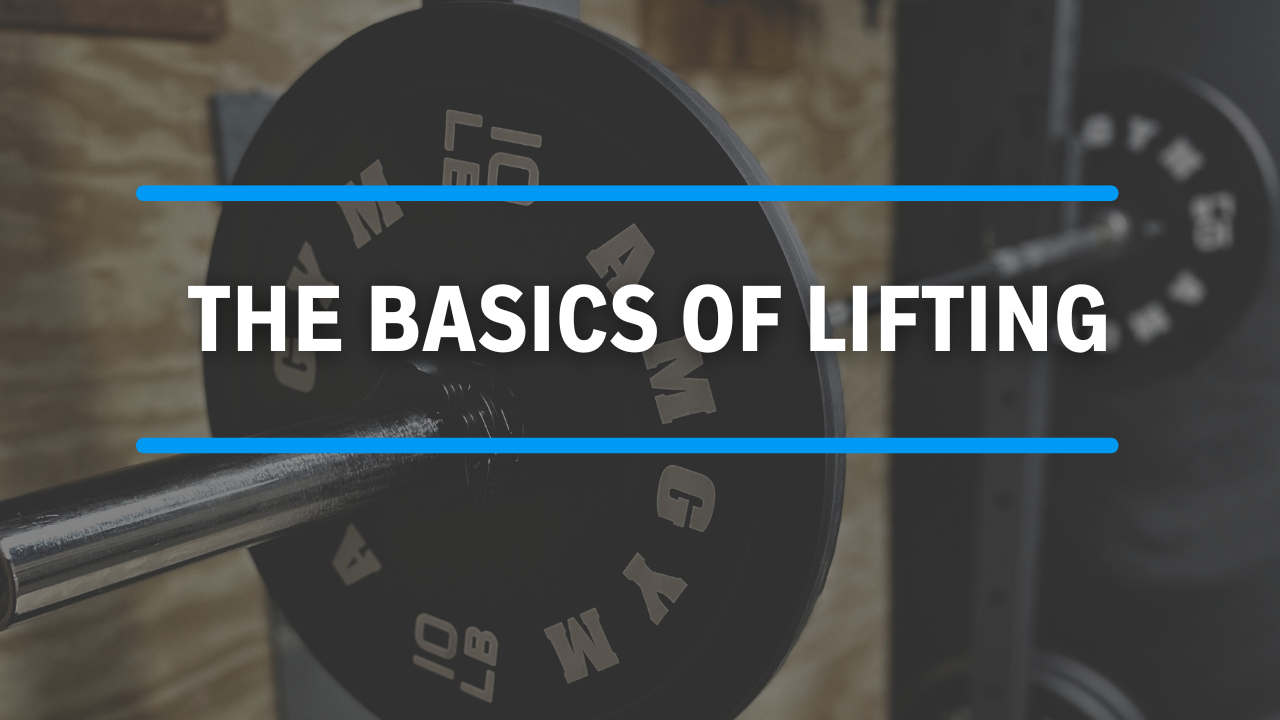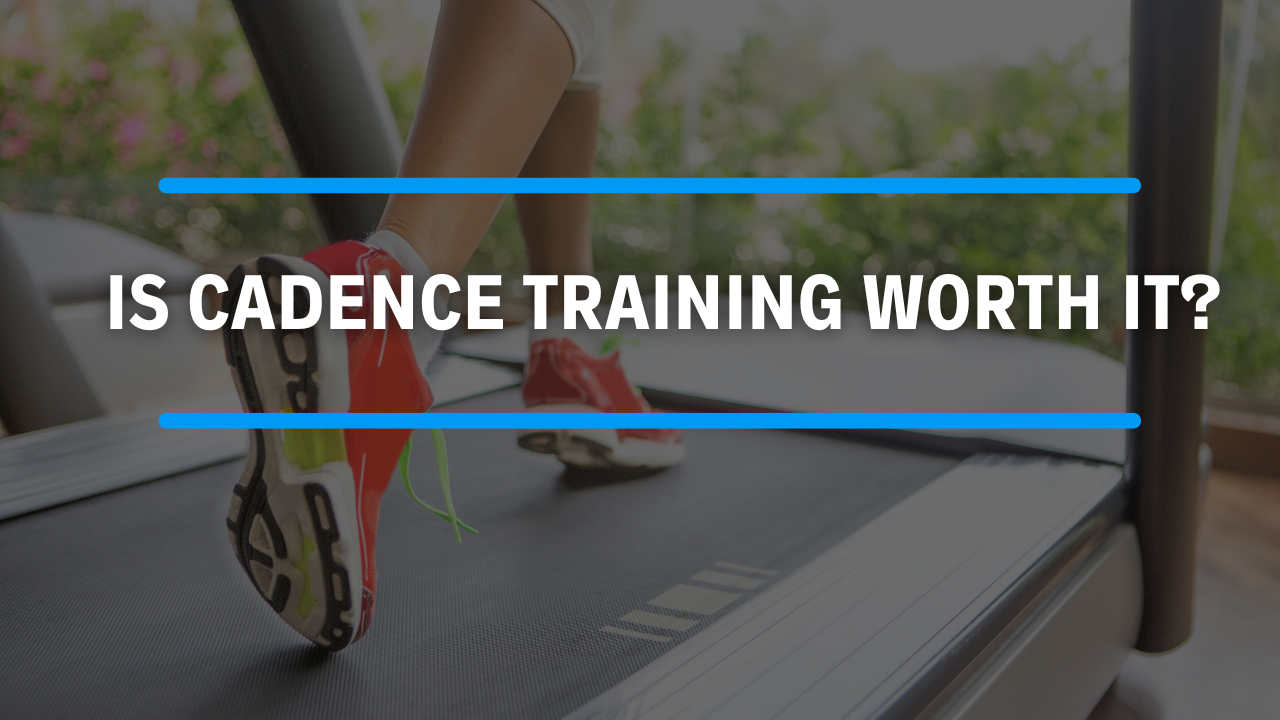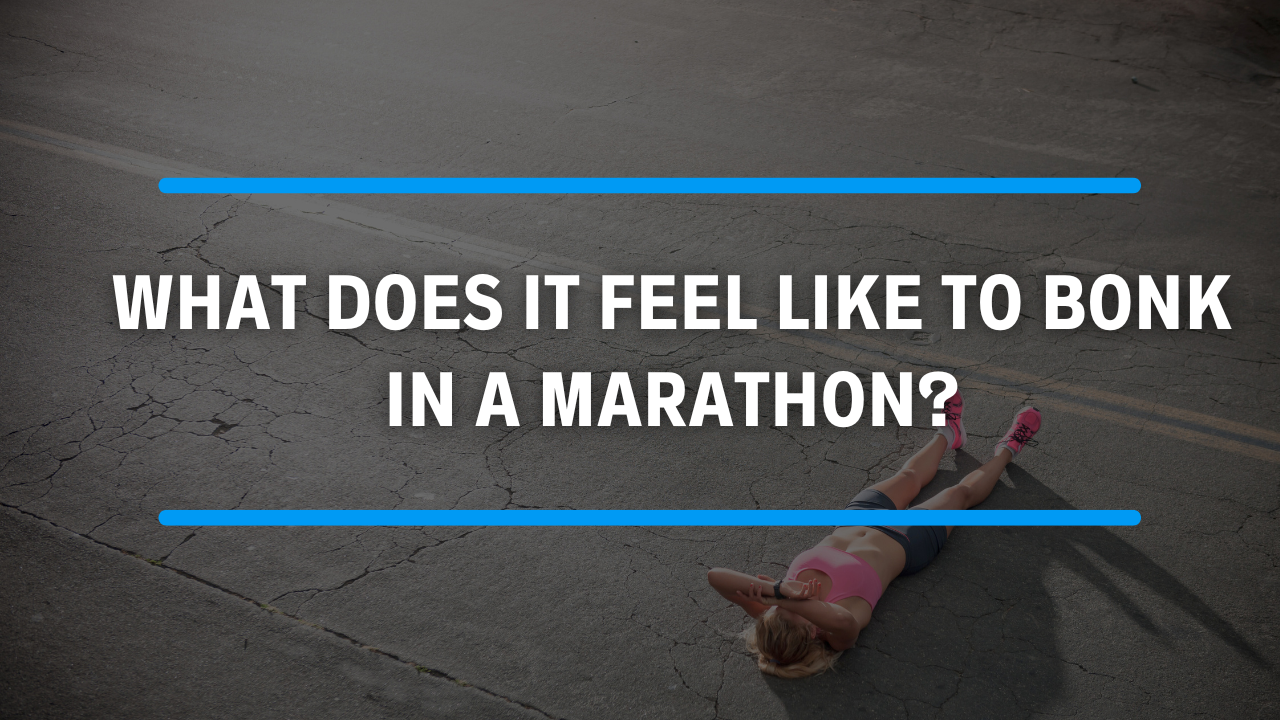
Every mile is a new opportunity to discover your strength, test your limits, and embrace the journey.

Lifting 101 For Runners
If you follow any strength coaches or listen to any fitness podcasts it’s easy to get overwhelmed by all the information out there about lifting weights.
Let me break it down for you so that you can add weight lifting to your training routine!

Why I Don’t Do Much Cadence Training With Runners
When a runner wants to increase their cadence, I always ask what their end goal is. Why do they want to increase cadence?
It usually boils down to 2 main goals:, Decreasing the risk of injury or becoming a more efficient runneR. Both of these are valid goals, but I don’t think cadence retraining is the most effective method to achieve either one. I’ll break down each goal in this post.

Does Strength Training Prevent Running Injuries? A Look at the Latest Research
In recent years, running researchers have been able to perform some randomized controlled trials to give us more info about strength training and its effect on injuries.

What Does it Feel Like to Bonk in a Marathon?
If you’re curious about what a marathon bonk feels like, join me as I recant the last 7 miles of my first marathon. I hit the wall at mile 19, and it was a long struggle to the finish after that point.

Do Weak Hips Cause Knee Pain?
Through research we’ve learned a lot about hip strength and how it does or doesn’t relate to pain.
In this post, I’ll discuss why hip weakness seems to be a result of pain, rather than the cause.

Why Most Runners Shouldn’t Worry About Cadence
While we've heard for years that runners should work toward 180 strides per minute, this idea is more anecdotal than research-based. In this blog, we'll discuss the research surrounding cadence and why runners may want to focus on things other than cadence.

Picking a Running Shoe- Does Foot Type Matter?
Buying a running shoe often goes like this: You step on a mat to have your foot type measured, and then buy a shoe that matches your foot type to reduce your risk of injury.
When tested, this method of shoe prescription doesn’t reduce injuries. Why not, and what should we do instead?

Why Runners Should Lift Weights
Many runners are apprehensive about lifting weights. Maybe they think it will make them slower, or they just don’t see the benefits. But research has shown that weight lifting is very beneficial for runners. From improved running economy, to faster race times. Learn why you should hit the gym as a runner!

Painful Tendons Need Load, Not Rest
Common sense says that an injured tendon should recover with rest. But rest is only part of the equation. With rest only, returning to activity often results in a quick return to injury. Properly applied stress is key for tendon injuries.

Does Running Surface Influence Injury Risk?
One might think that running on concrete increases injury risk vs. running on a soft trail. However, the research is mixed on this topic. We don’t have robust data showing that running surface is linked to injuries. We do see that the body is incredibly adaptable, and alters leg stiffness depending on the running surface.
